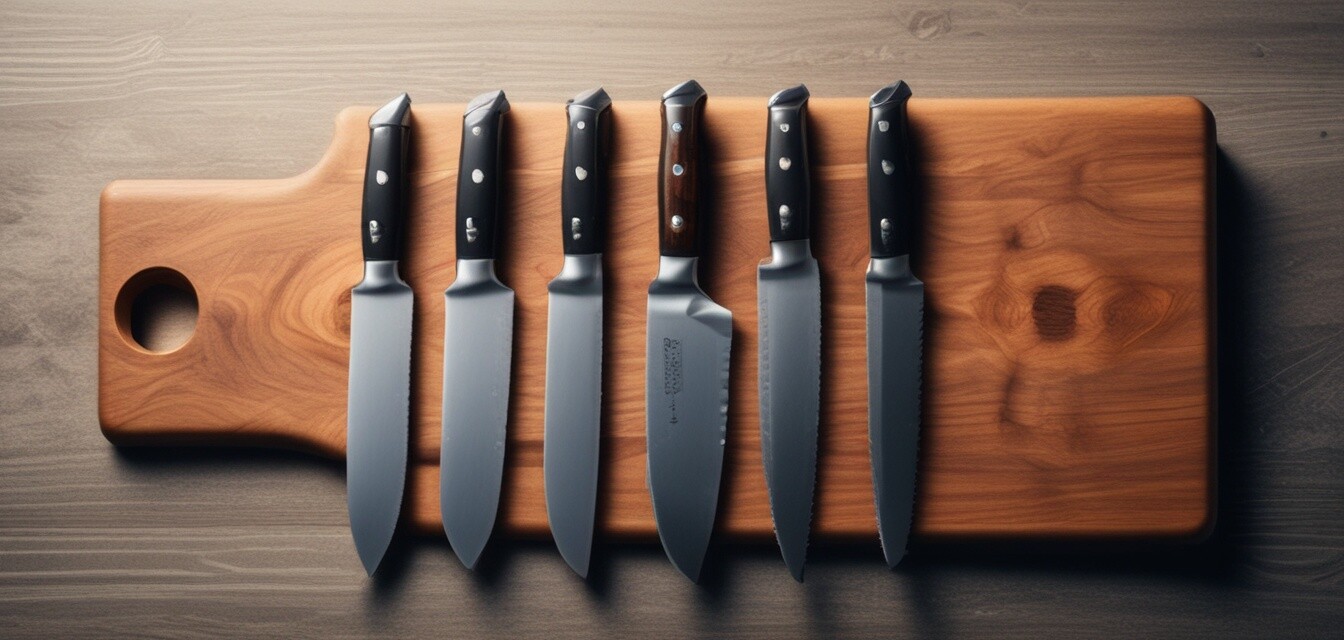
The evolution of kitchen knife technology
Key Takeaways
- Kitchen knives have evolved from traditional designs to technologically advanced tools.
- Modern materials contribute to sharper, more durable knives.
- Understanding knife types can enhance your cooking skills significantly.
- Maintaining knives properly is just as important as choosing the right one.
- The history of knives reflects broader trends in culinary practices.
The world of kitchen knives is as fascinating as it is essential for culinary enthusiasts. As technology has advanced, so has the design and functionality of kitchen knives. From the primitive tools of our ancestors to the precision-engineered knives of today, each development reflects our ever-changing needs and culinary practices. This article will delve into the evolution of kitchen knife technology, highlighting key advancements and their impact on the culinary world.
History of kitchen knives
The history of kitchen knives dates back thousands of years. The first knives were made from flint, stone, or obsidian, designed for utility rather than precision. As metalworking techniques developed, our ancestors began to craft knives from bronze, iron, and later, stainless steel.
| Material | Era | Characteristics |
|---|---|---|
| Flint/Stone | Prehistoric | Basic cutting tools with low durability. |
| Bronze | Ancient Civilizations | Stronger and more durable but difficult to sharpen. |
| Iron | Medieval Period | Improved sharpness and ease of use. |
| Stainless Steel | 20th Century | Corrosion-resistant and easy to maintain. |
Modern advancements in kitchen knife technology
Today, kitchen knives utilize advanced technology to improve efficiency and safety for chefs and home cooks alike. Here are some of the significant trends you can find in modern kitchen knives:
- High-carbon stainless steel: This type of steel offers superior hardness and edge retention, ensuring your knife stays sharper for longer.
- Ergonomic designs: Knives are now designed for comfort, helping to prevent strain during prolonged use.
- Specialized blade shapes: From Santoku to serrated edges, different blade shapes optimize performance for various cutting techniques.
- Hybrid knives: Combining features of different knife types (like a chef knife and a cleaver) to offer versatility.
The importance of understanding knife types
With various knife types available, understanding their unique applications can significantly enhance your culinary skills. Here’s a quick overview:
| Knife Type | Description | Best Uses |
|---|---|---|
| Chef Knife | A versatile all-purpose knife. | Chopping, slicing, mincing. |
| Paring Knife | Small knife ideal for delicate tasks. | Peeled fruits, fine detail cutting. |
| Fillet Knife | Flexible, thin blade for fish. | Filleting fish, delicate slicing. |
| Serrated Knife | Effective for cutting through crusty surfaces. | Bread, tomatoes, and cakes. |
Maintaining your kitchen knives
While selecting the right knife is essential, maintenance is equally important. A well-cared-for knife will not only perform better but also last longer. Here are some tips for knife maintenance:
Tips for beginners
- Always wash knives by hand; avoid dishwashers that can dull the edge.
- Regular honing will keep the blade aligned and sharp.
- Use a wooden or plastic cutting board to protect the blade.
- Store knives in a block or magnetic strip to prevent damage.
Conclusion
The evolution of kitchen knife technology reflects both our advanced materials and our culinary needs. Understanding various knife types, their uses, and proper maintenance can significantly enhance your cooking experience. As technology continues to advance, we can expect even more innovations in kitchen knives that will pave the way for future culinary creativity.
Stay updated with the latest trends and innovative products in the kitchen cooking niche by exploring our other categories: